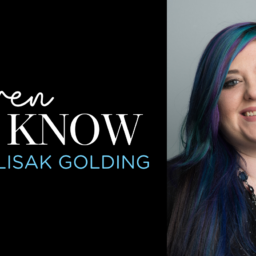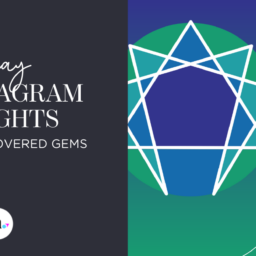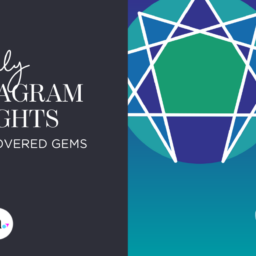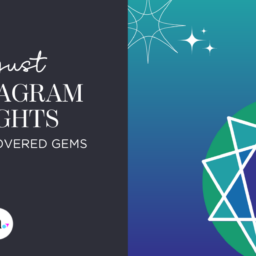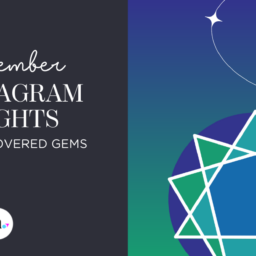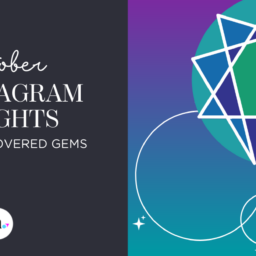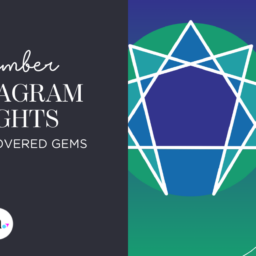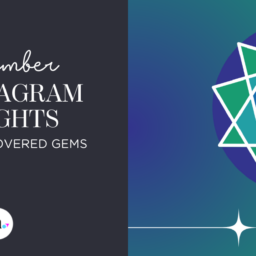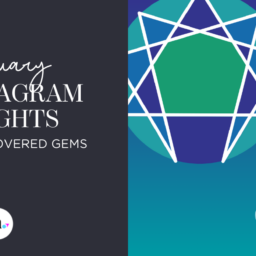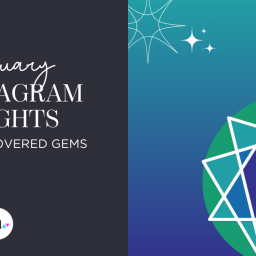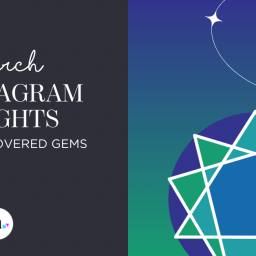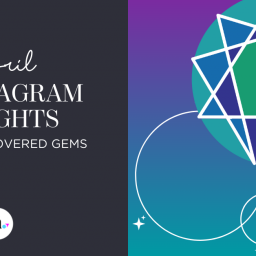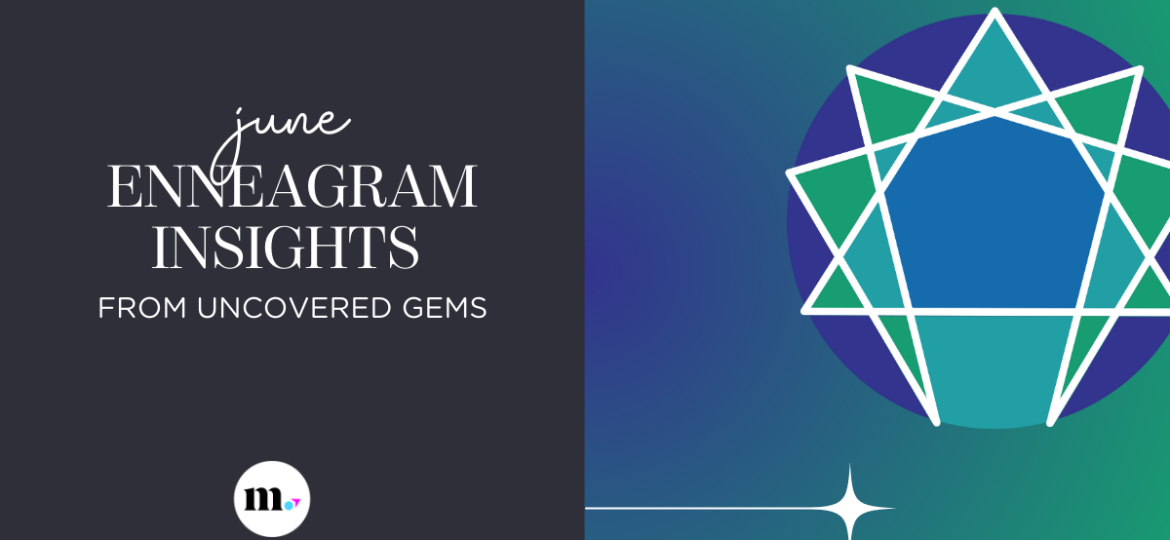
 Welcome to Indy Maven’s Enneagram column coming by way of Jenn Lisak Golding of Uncovered Gems. Check out her website for even more info from the world of Enneagram, or to book a private session.
Welcome to Indy Maven’s Enneagram column coming by way of Jenn Lisak Golding of Uncovered Gems. Check out her website for even more info from the world of Enneagram, or to book a private session.
As a system that helps type personalities, knowing your Enneagram type can be incredibly helpful on your growth journey. Over thousands of years, the Enneagram has identified patterns to help characterize individuals so they can become more self-aware of their motivations and how those present in relationships, conflict and at work.
But like most personality assessments, a common complaint about the Enneagram is that it can put people in a box, and one Type 3 could look drastically different from another Type 3. Humans are multi-faceted and, therefore, will show up differently. However, the goal is never to put people in a box but to help start with a baseline so you can better understand yourself.
The Enneagram is more than just knowing your number; it’s a multi-faceted tool that dives into the layers that make you, well, you. One aspect of the Enneagram that is explored is the combination of your Enneagram type and your instinct stack. Instincts can influence how the types show up, and they add a layer of nuance to the Enneagram that can help us understand more about what motivates us and why it’s important.
What are the Instincts?
Instincts are naturally engrained in the human experience, and everyone has three primary instincts: self-preservation, social and relational. Instincts function at the body level rather than the intuition level, and your instinct stack—or the order of your primary to dormant instincts—can change depending on extenuating circumstances (e.g., COVID or a traumatic event).
Self-preservation (SP) Instinct:
You are born with the self-preservation instinct, which is a containing energy. Those with high self-preservation energy are focused on three key areas:
- Well-being and health: This is the energy that is focused on serving your body and caring for your physical well-being. The phrase “your body is a temple” comes to mind. Those who are tuned into their self-preservation energy likely are more in tune with their physical needs, including sleep and early signs of illness. They likely prioritize self-care, nutrition and wellness.
- Resource and resource management: This is the energy that is focused on managing your resources, whether that be time, money, energy, food, shelter, etc. It’s also focused on knowing how to get things done and acquiring what you need. Those tuned into their self-preservation instinct like establishing routines and structures to create order from chaos.
- Home and domestic nesting: This is the energy that focuses on cultivating a cozy home—whether that be your literal home, your car, your office or any of the spaces you “live” in on a regular basis. It’s about building safety and security while also allowing for rest and recovery.
Social (SO) Instinct:
Your social instinct, on the other hand, starts to develop when you start to socialize, typically from a very young age. It’s a wider view focused on community, including:
- Reading and interpreting: Those with a high social instinct likely can easily read the body language and facial expressions of others, which allows for adapting and communicating in social environments. It also can help organize social structures and provide context to care for relationships.
- Bonding and affiliating: Our social instinct is certainly about creating bonds and affiliating with others so that we can establish mutual support structures. Those with high social instinct care about bonding people together with a “us” first mentality instead of a “me” first mentality.
- Contribution: Think of the wolf pack; everyone has a role to play, and everyone contributes. Participation in the greater group or community is incredibly important to those with high social instincts. It’s about serving the greater good and leveraging your gifts to contribute to society.
Relational (SX) Instinct:
The relational instinct (sometimes called 1:1 or sexual instinct) is an expansive energy. It starts to develop at the onset of puberty, and those with high relational instincts focus on three key areas:
- Evolution: This energy is very comfortable with pushing the envelope. It loves to take risks and experience new things. Unlike the self-preservation instinct, it wants to break established boundaries and resist routine. Change is natural and should be explored.
- Broadcasting and attraction: Those with high relational instincts are comfortable with leveraging what makes them attractive—their wit, charm, intelligence, humor, etc.—to cast a line and draw others in.
- Emersion: Those with high relational instincts are not going to be observers; they’re going to dive right in and immerse themselves into experiences, projects, people and things. It’s an excitable energy.
To make it easy, we denote each instinct with a two-letter shorthand (SP = self-preservation, SO = social, and SX = relational) when referencing them with each type.
The Instinct Stacks
Each one of us has all three instincts embedded within us at some level. However, we tend to have a primary instinct, a secondary instinct, then a more neutral or dormant instinct. The instinct stack is the order of our dominant to dormant instincts, and your instinct stack can certainly influence how your Enneagram type shows up.
Let’s explore the instinct stacks a bit more:
- SP/SX/SO: This instinct stack is slower, safer and more guarded. This stack can be more aggressive depending on the type. They are more focused on their immediate family or group of friends and can be slow to cultivate friendships. They likely have a small circle of friends.
- SP/SO/SX: This stack is less of a torrid energy. They won’t push or pull people into deep connections, and they can easily hide in large groups. They understand why community is important, but they may tend to act more like observers instead of participants.
- SX/SP/SO: This stack is similar to the SP/SX/SO stack, but they have the ability to go deeper with fewer people. They might hold back on sharing too much about themselves. They are less resistant to change than the SP/SX/SO stack.
- SX/SO/SP: This stack is more extroverted and knows how to leverage its gifts to bring people in. They are very people-oriented and community-focused. They can likely go both broad and deep with friendships.
- SO/SP/SX: This is similar to the SP/SO/SX pairing. They enjoy groups of people, but they will go broad and light with others instead of deep. They are more reserved than the SO/SX/SP stack.
- SO/SX/SP: This is the most extroverted stack. They will use charisma over aggression and likely have many concentric groups of friends. They can go broad and light or deep with relationships. They are very community-oriented.
By knowing your instinct stack, you can have a better understanding of your primary instinct and which one might be more dormant. This is incredibly helpful in relationships, whether that be at work or at home. For example, I have multiple Type 4s and 6s on my team, but the way they show is very different. As I went through my Enneagram certification, the instinct stacks provided insight to help me understand why.
In my opinion, the instincts are key to better understanding ourselves in conjunction with our Enneagram type. Your number only gives you part (albeit, a large part) of the picture; the instincts help color more of the details.
Learn About Your Instincts
If you already know your Enneagram type, then I would recommend that you take a free instincts test to learn more about your stack. It can help you understand where your natural tendencies lie and how those influence your type. It can even clarify why you might be questioning your Enneagram type.
Information is power, especially on our self-growth journey. I encourage you to leverage all the tools at your disposal (especially when they’re free!) to learn more about yourself. Take the free instincts test now to find out even more about yourself.
Jenn Lisak Golding is a certified Enneagram coach through The Art of Growth and the face behind Uncovered Gems. She is also the founder and owner of the sister brand Sapphire Strategy, a measured marketing agency. As a long-time fan of emotional intelligence, Jenn is passionate about helping individuals, teams, and leaders grow personally and professionally on their growth journeys.
All of our content—including this article—is completely free. However, we’d love if you would please consider supporting our journalism with an Indy Maven membership.



